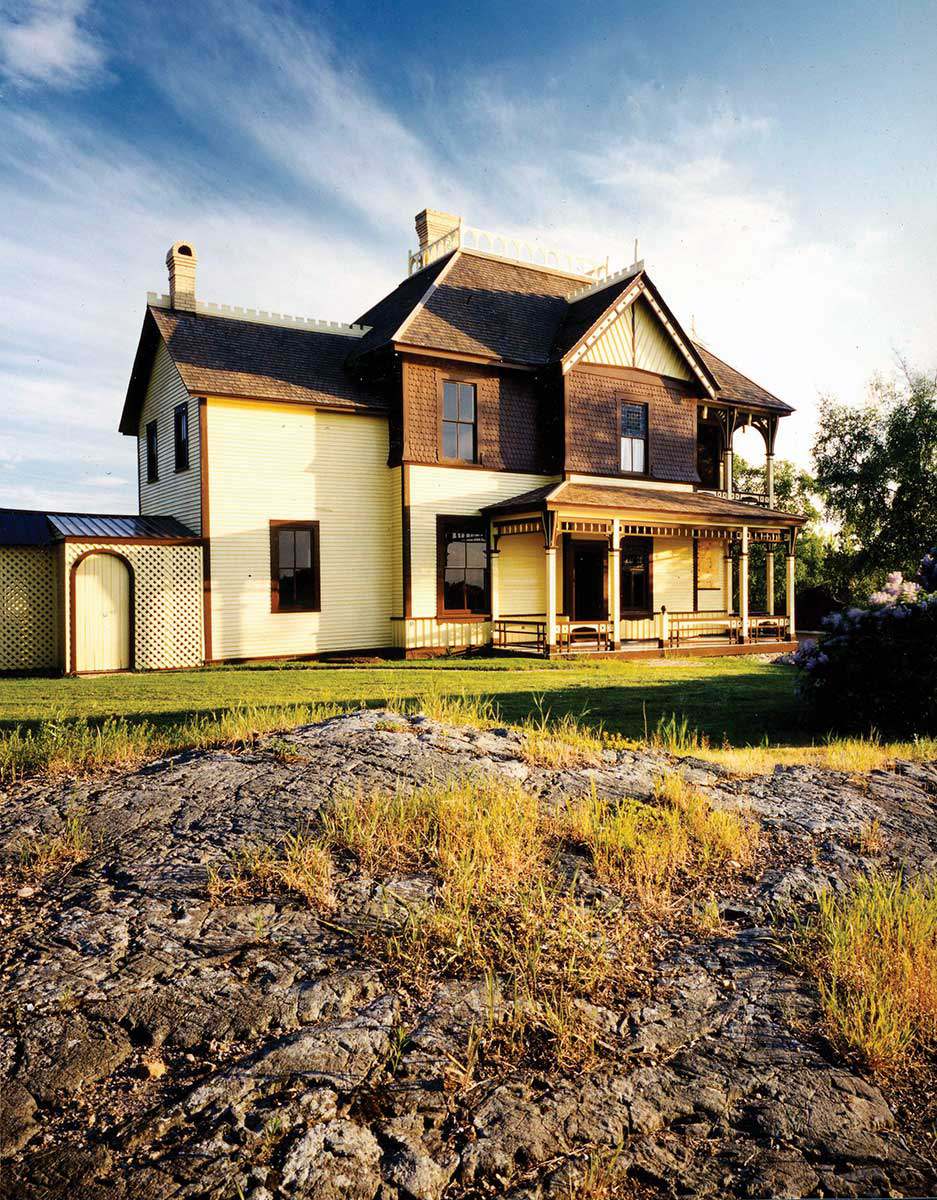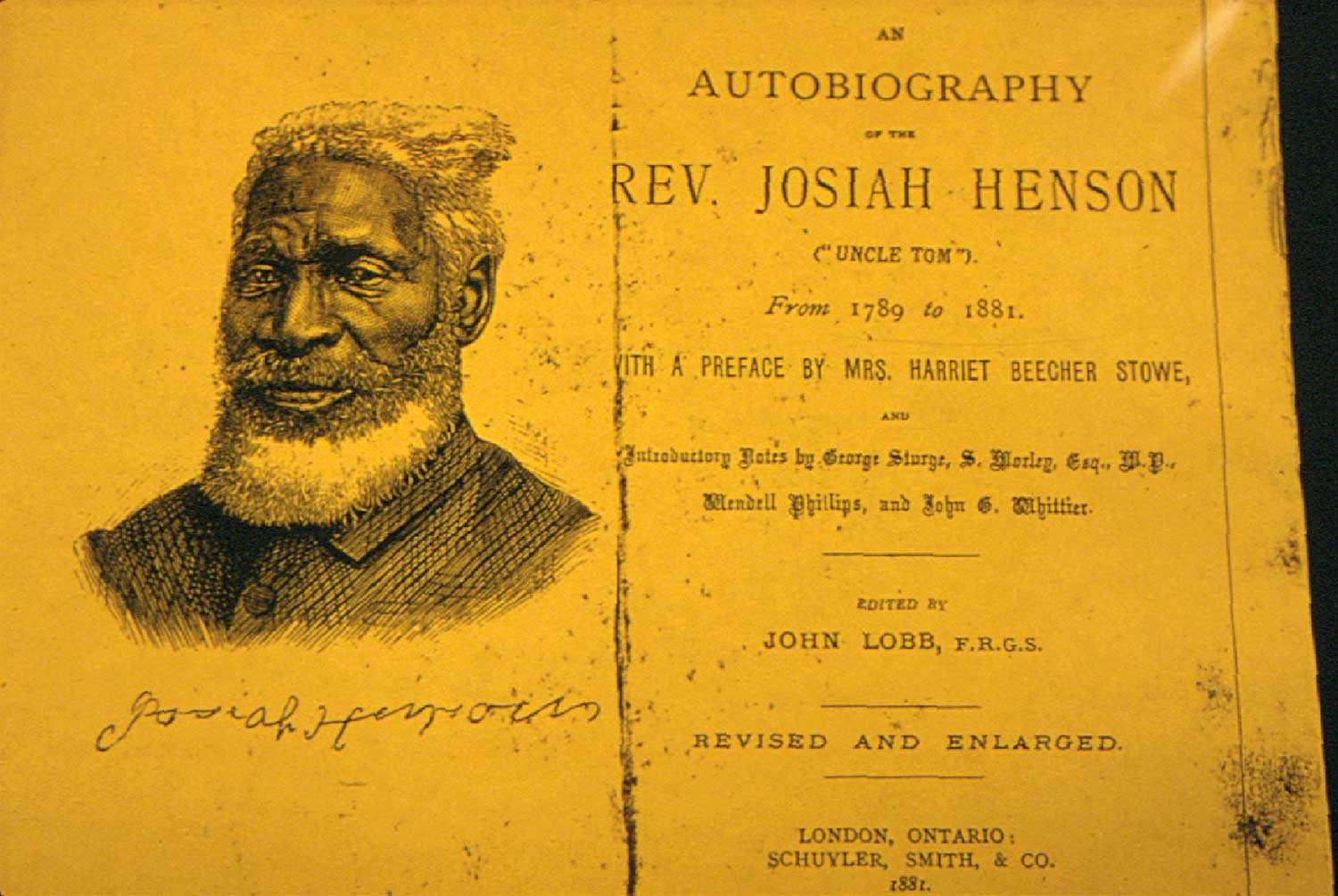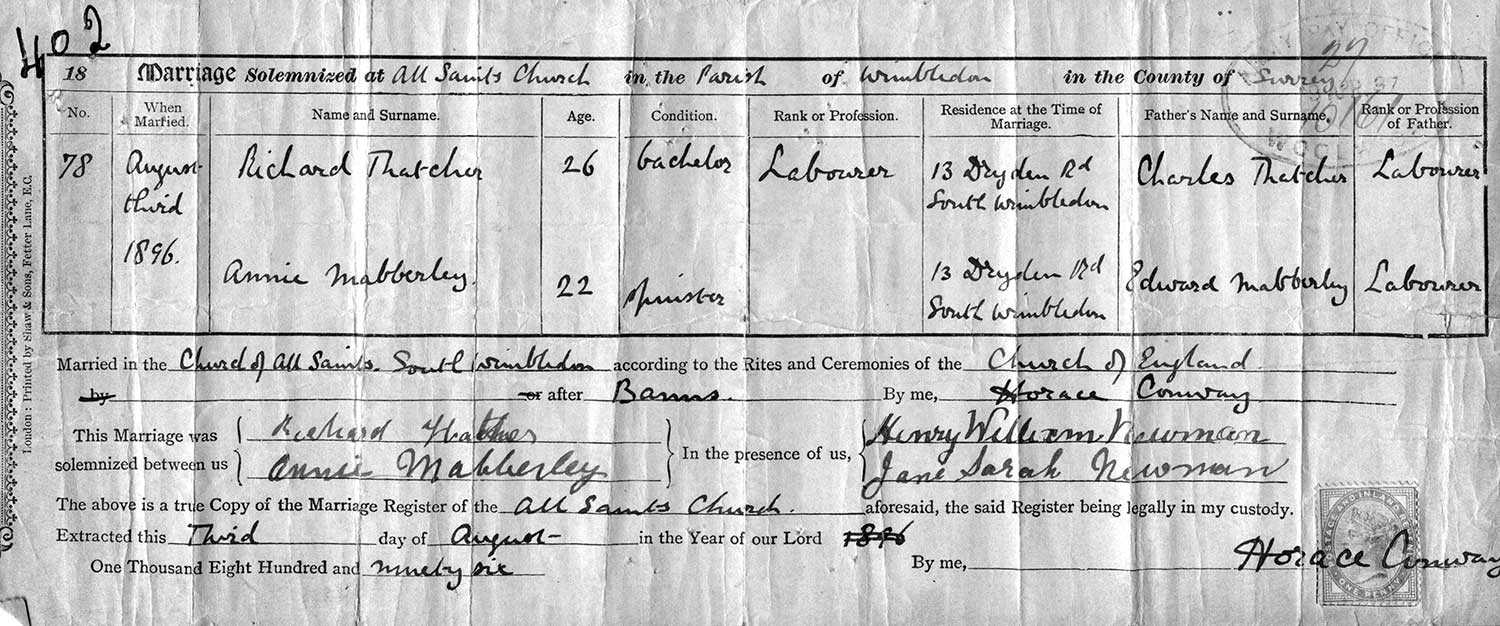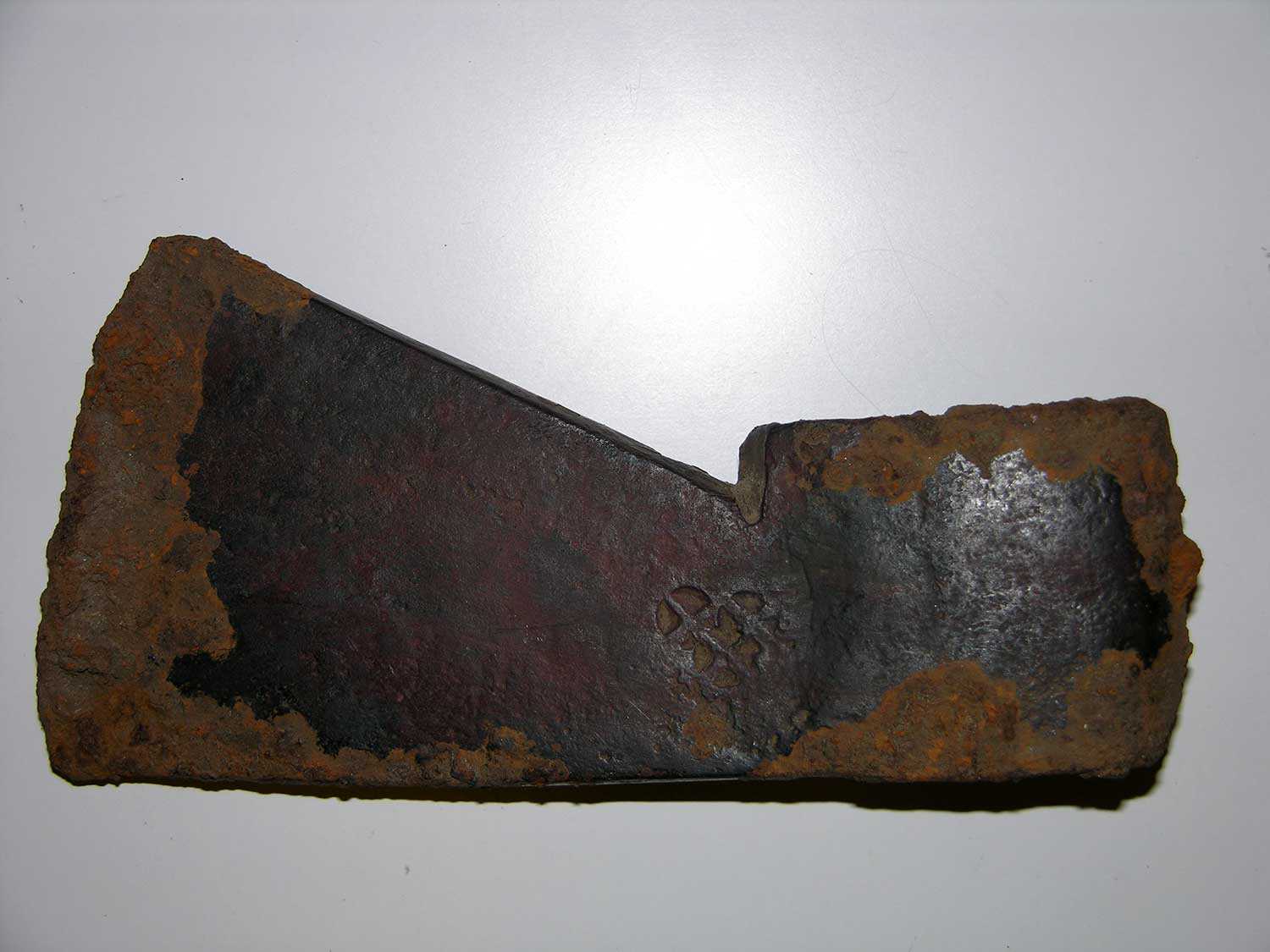

Browse by category
- Adaptive reuse
- Archaeology
- Arts and creativity
- Black heritage
- Buildings and architecture
- Communication
- Community
- Cultural landscapes
- Cultural objects
- Design
- Economics of heritage
- Environment
- Expanding the narrative
- Food
- Francophone heritage
- Indigenous heritage
- Intangible heritage
- Medical heritage
- Military heritage
- MyOntario
- Natural heritage
- Sport heritage
- Tools for conservation
- Women's heritage
Celebrating our first Lieutenant Governor
On October 26, 2006, commemorative events were held at Fort York in Toronto and at Wolford Chapel in Devonshire, England to mark the 200th anniversary of the burial of Lieutenant General John Graves Simcoe. Simcoe (1752-1806) was the first Lieutenant Governor of Upper Canada (now Ontario). Although Simcoe’s time in Upper Canada was brief, he introduced governance, defence and settlement policies that profoundly influenced the development of the province.
During his term as Lieutenant Governor (1791-96), Simcoe was responsible for establishing a government in early Ontario and strengthening the new province’s defences. During the American Revolution, he had commanded the 1st American Regiment (Queen’s Rangers). In 1793, when Britain was at war with France, Simcoe took steps to strengthen the militia and incorporated the Queen’s Rangers in many of his defence schemes to defend Upper Canada from the Americans, who had sided with the French. He opened major transportation routes to encourage immigration and settlement, and was instrumental in the founding of the town of York (now Toronto). Simcoe also instituted the gradual abolition of slavery in the province, perhaps his most important achievement as Lieutenant Governor.
The Ontario Heritage Trust has recognized Simcoe’s importance to the heritage of this province by erecting provincial plaques commemorating him at the Ontario Legislature in Toronto, at the house in Exeter, England where Simcoe died, and at Wolford Chapel in Devonshire, England.
In 1784, John Graves Simcoe and his wife, Elizabeth Posthuma Gwillim (1762-1850), purchased a 5,000-acre estate in Devonshire and built Wolford Lodge (which remained in the family until 1923). Wolford Chapel was built on the estate in 1802 for family worship. Simcoe, his wife Elizabeth and six of their 11 children are buried there.
In 1966, Sir Geoffrey Harmsworth, a British publisher, generously donated the chapel and its furnishings to the people of Ontario. The Ontario Heritage Trust (then the Ontario Heritage Foundation) accepted title to the chapel from the John Graves Simcoe Foundation in 1982. Wolford Chapel is the only Trust-owned property outside of Ontario. Since acquiring the site, the Trust has undertaken significant restoration work on the building. The Trust works in partnership with the John Graves Simcoe/Wolford Chapel Committee, a group of dedicated local volunteers who are responsible for the maintenance and promotion of this special site.
Richard Moorhouse, Executive Director of the Trust, attended the recent anniversary ceremony at Wolford Chapel and brought greetings on behalf of The Honourable Lincoln M. Alexander, Chairman of the Trust. In his letter, Mr. Alexander aptly summarized Simcoe’s contributions to Ontario: “Simcoe put us firmly on a path we still follow. As Ontario’s 24th Lieutenant Governor since Confederation, I was proud to follow in his footsteps.”

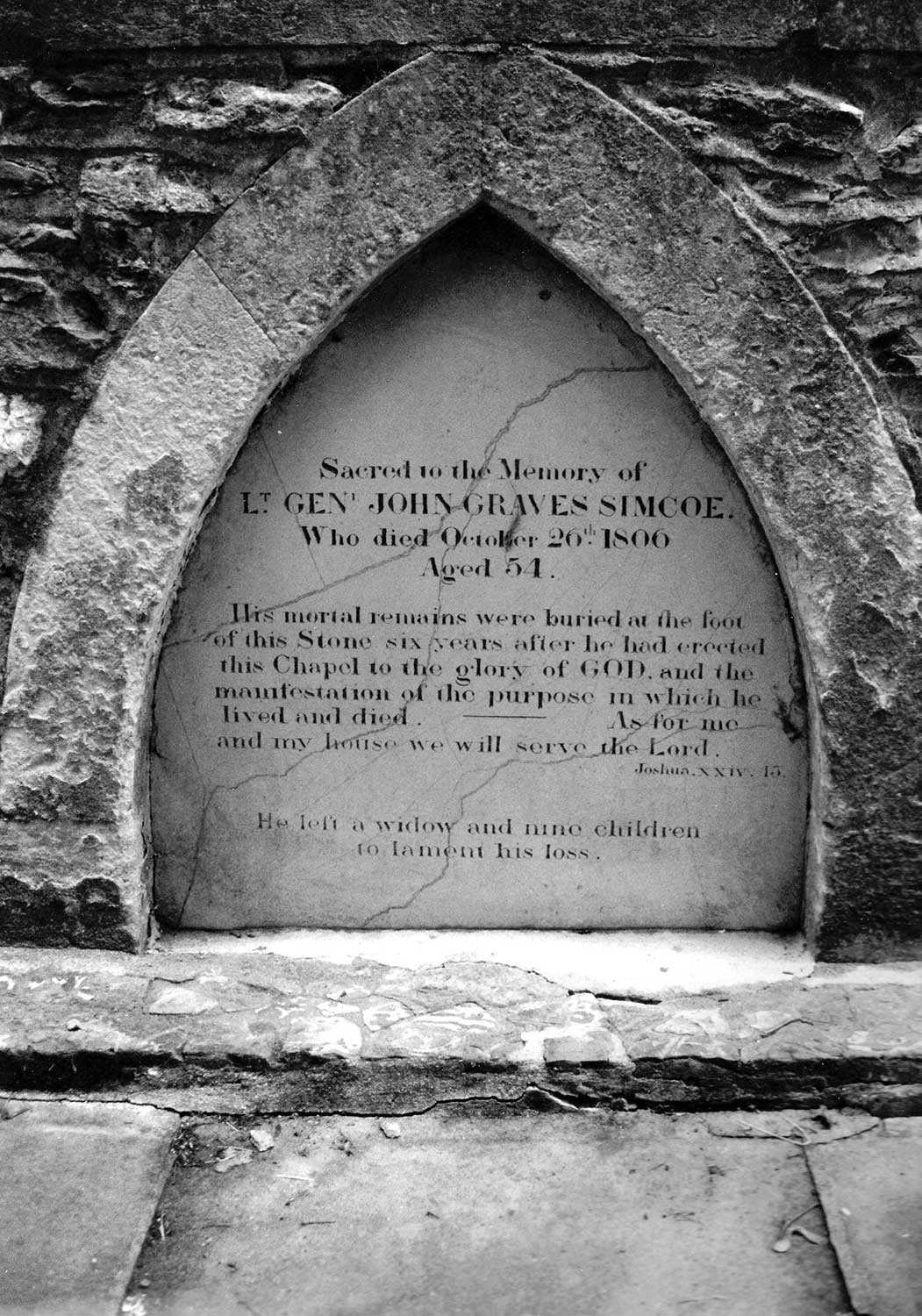




![J.E. Sampson. Archives of Ontario War Poster Collection [between 1914 and 1918]. (Archives of Ontario, C 233-2-1-0-296).](https://questions-de-patrimoine.ca/uploads/Articles/Victory-Bonds-cover-image-AO-web.jpg)
















